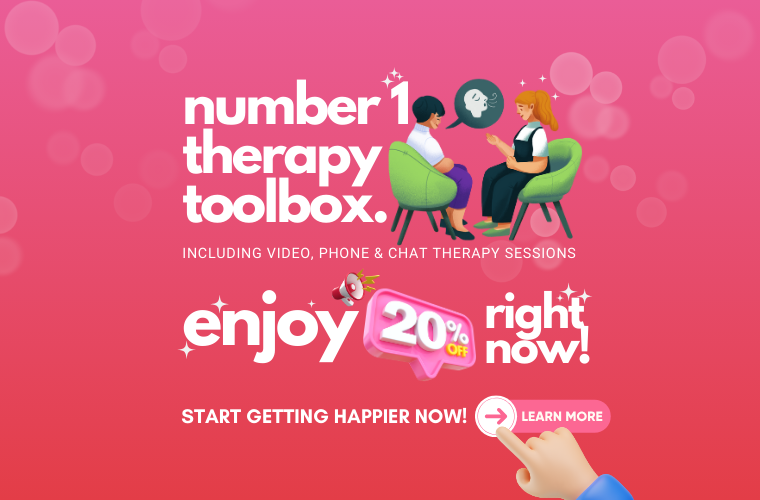Kinsey Scale Test: Discover Yourself- A Compassionate Guide to Your Sexual Orientation
Do you have questions about your sexual orientation? Wondering where you fit on the spectrum of attraction is common. Take the Kinsey Scale Test to gain clarity and deeper insight. This tool uses reflective questions to actively guide you toward understanding your own sexuality.
What is the Kinsey Scale?
The Kinsey Scale was developed by Alfred Kinsey in 1948 as a way to demonstrate that human sexuality does not fit into two strict categories: homosexual and heterosexual. Instead, it’s a spectrum where people can fall anywhere in between. Think of it as a way to show the varied shades of human attraction and sexual behavior.

Why Take The Kinsey Scale Test?
Getting to know yourself can boost how good you feel about yourself and help you build stronger and healthier connections with others. The quiz is a friendly guide to discovering more about who you’re attracted to. When you take this test, it’s like shining a light on where you stand in the colorful range of sexuality, helping you get to grips with what you feel and why.
Expert Insight
Dr. Alfred C. Kinsey, a biologist and professor, revolutionized our understanding of human sexuality. He founded the Kinsey Institute at Indiana University in 1947 with Rockefeller Foundation backing and studied a vast array of sexual histories. Kinsey challenged the black-and-white view of sexual orientation, advocating for a spectrum-based understanding. He argued against strict sexual categories, recognizing the diverse continuum of human behavior. His work aimed to normalize the spectrum concept of sexual orientation, acknowledging the complexity beyond conventional labels.
How the Kinsey Scale Test Works
The quiz consists of 15 questions, each designed to assess your sexual feelings and behaviors over time. Your responses will be scored to place you somewhere on the Kinsey Scale.
Scoring is assigned as follows:
This quiz has multiple-choice answers, and each question includes answer options that align with the eight (8) scoring categories.
- Asexual
- Exclusively heterosexual
- Mostly heterosexual, only slightly homosexual
- Mostly heterosexual, but more than slightly homosexual
- Equally heterosexual and homosexual
- Mostly homosexual, but more than slightly heterosexual
- Mostly homosexual, only slightly heterosexual
- Exclusively homosexual
Interpreting Your Test Results
Your final score will categorize you into one of 8 groups on the Kinsey Scale. Each group represents a range on the spectrum of sexual orientation, from exclusively heterosexual to exclusively homosexual, with varying degrees of bisexuality in between.
Recommendations to Prevent Misunderstanding:
It’s vital to approach your test results with an open mind and understanding. Regardless of where you fall on the Kinsey Scale, it’s an opportunity for self-discovery, not a definitive assessment of who you must be. Embrace your results positively, seek supportive communities or resources if you need them, and remember that sexuality can be fluid and complex.
Final Thoughts:
At IDR Focus, we understand that exploring your sexual orientation is a personal journey. This quiz is a simple tool to help you reflect on your attractions. No matter where you fall on the spectrum, your identity is valid. Take your time, and remember that it’s okay for your feelings to change over time.
We’re here to support you with care and understanding. If you ever want to explore these feelings further or need someone to talk to, we’re ready to help. Your journey is yours to embrace.
Important Note:
Please be aware that this test is not a substitute for a professional diagnosis. If you have concerns or questions about your sexual orientation or mental health, consult a licensed psychologist or health care provider.
Instructions:
Answer each question honestly. Don’t rush; give yourself the time to reflect on each one before choosing the answer that most accurately describes you.
Disclaimer
This test is for personal insight and entertainment purposes only. It is not a clinical tool and should not be treated as such.
Indiana University’s Kinsey Institute clarifies that, contrary to common misconception and numerous online quizzes, there’s no official “Kinsey Test.” Instead, the original team behind Kinsey’s research would assign numbers based on an individual’s sexual history.
Curious about your gender identity? Take the LGBTQ Test.
Gender-Related quiz you can take:
- Gay Test
- Lesbian Test
- Gender Dysphoria Test
- LGBTQ+ Test
- Asexuality Spectrum Test
- Am I a Pansexual Quiz
- Bisexual Quiz
- Coming Out Readiness Test
- Am I Straight Quiz


